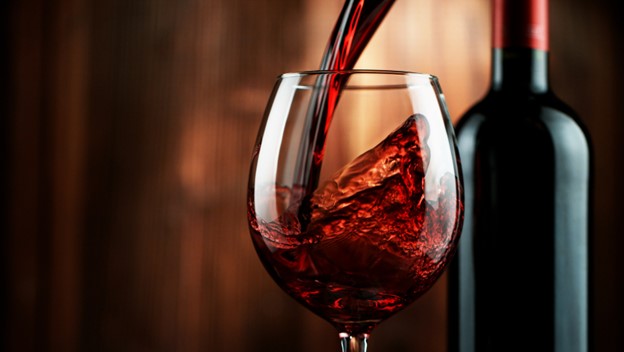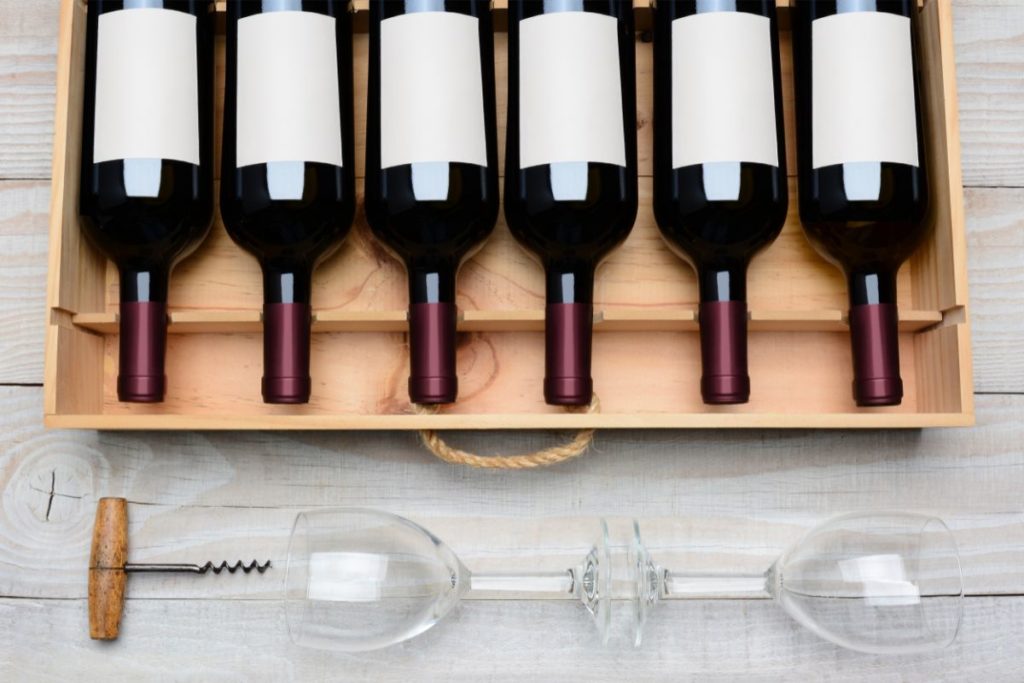Zinfandel red wine is hailed for its robust flavor and velvety texture, making it a favorite indulgence among wine enthusiasts. But have you ever wondered just how many calories are lurking in that glass of Zinfandel? Whether you’re trying to maintain a healthy lifestyle or simply curious about the nutritional content of your favorite beverage, understanding the calorie count can be essential.
In this article, we will delve into the factors that influence the calorie content of Zinfandel red wine. We will provide you with insight on how to enjoy this delectable drink while staying mindful of your calorie intake. So, grab a glass and join us on this fascinating journey through the world of Zinfandel!

The popularity of Zinfandel red wine
Part of California’s winemaking heritage, Zinfandel red wine carries a rich history and unique characteristics that set it apart from other varietals. Known for its boldness and diversity, Zinfandel exhibits a wide range of flavors depending on its growing region and winemaking techniques. Contrary to popular belief, the origins of Zinfandel can be traced back to Croatia, where it is known as Crljenak Kaštelanski. Today, California reigns supreme as the primary producer of this grape.

One fascinating aspect of Zinfandel is its versatility in styles, which allows for both elegant and robust expressions. While some vintners craft light-bodied renditions with delicate nuances of ripe berries and spices, others focus on producing fuller-bodied wines. They show intense fruit-forward profiles reminiscent of blackberry jam or dark chocolate-covered cherries. With a higher alcohol content compared to many other red wines, Zinfandel possesses a warming quality that adds further depth to its character.

Another intriguing dimension lies in the ageability potential of Zinfandels. Although many people enjoy young releases for their vibrant fruitiness, the tannins in well-made Zinfandels can soften over time, revealing secondary flavors like leather or tobacco alongside more complex aromas. This aging process unveils additional layers within the wine and offers enthusiasts a chance to experience different dimensions as it gradually matures.
Factors affecting calorie count in Zinfandel
The calorie count in Zinfandel red wine can be influenced by a variety of factors, making it important for those watching their caloric intake to choose wisely. One key factor is the alcohol content. Higher alcohol wines generally have more calories because alcohol itself contains calories. Zinfandel is known for its rich, full-bodied flavor and higher-alcohol versions can pack a calorie punch.

Another factor to consider is the residual sugar level in the wine. Some Zinfandels are made with grapes that have higher sugar content, resulting in a sweeter wine. This sweetness can add extra calories to each glass. However, it’s important to note that not all Zinfandels are sweet. There are many dry varieties available with lower sugar levels and subsequently fewer calories.

Lastly, the winemaking process itself can impact the calorie count of Zinfandel red wine. Aging the wine in barrels made from different types of wood (such as oak) can infuse flavors into the wine. It may also increase its calorie content due to absorption of small amounts of fats or sugars from the barrel
Calorie content: average range per glass
If you’re a wine lover, you may be interested to know how many calories are in a glass of Zinfandel red wine. On average, a 5-ounce (147 ml) serving of Zinfandel contains around 120-130 calories. However, it’s important to note that the calorie content can vary depending on factors such as alcohol content and sweetness level.

One interesting aspect about Zinfandel red wine is its higher alcohol content compared to other red wines. This contributes to the slightly higher calorie count per serving. The alcohol in the wine itself doesn’t contain many calories, but it acts as an energy source that our bodies prioritize over burning fat or other stored energy sources.

While indulging in a glass of Zinfandel can be enjoyable, it’s essential to remember that moderation is key when it comes to consuming alcoholic beverages. The caloric content of your favorite glass of red may not be overly significant on its own. But combined with other factors like food pairings and portion sizes, it could add up over time. Balancing your overall caloric intake while savoring the rich flavors of Zinfandel can help you better appreciate both your health and your love for this exquisite varietal.
How many calories per bottle of Zinfandel
With its deep flavors and rich aromas, Zinfandel red wine is a beloved choice for many wine enthusiasts. But have you ever wondered about the calorie content of this delectable beverage? Let’s uncover the truth behind the calories found in a bottle of Zinfandel.

A typical bottle of Zinfandel contains around 625 to 675 calories, depending on the specific brand and alcohol content. It’s important to note that these numbers can vary slightly from one producer to another. While this may seem like a significant amount, it is crucial to remember that moderation is key.
When enjoying a glass or two of Zinfandel, it’s also worth considering the alcoholic content. Typically ranging between 14% and 17%, higher alcohol levels often mean higher caloric values. However, don’t let this discourage you from indulging in your favorite bottle of Zinfandel. Just be mindful of portion sizes and enjoy it as part of a balanced lifestyle. Cheers!

Conclusion: Enjoy Zinfandel responsibly for a flavorful experience
In conclusion, the number of calories in a glass of Zinfandel red wine can vary depending on a few factors. On average, a 5-ounce serving of Zinfandel contains around 125-130 calories. However, it is important to note that this calorie count can fluctuate based on the specific brand or vintage, as well as any added sugars. It is always advisable to check the label or do some research to get an accurate estimate of the calories in your preferred Zinfandel. Additionally, moderation is key when consuming any alcoholic beverage. Excessive intake can lead to weight gain and other health issues.

